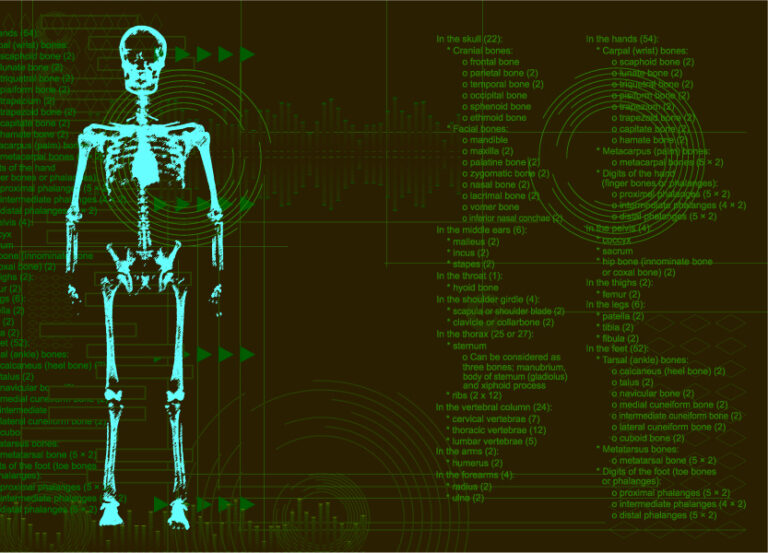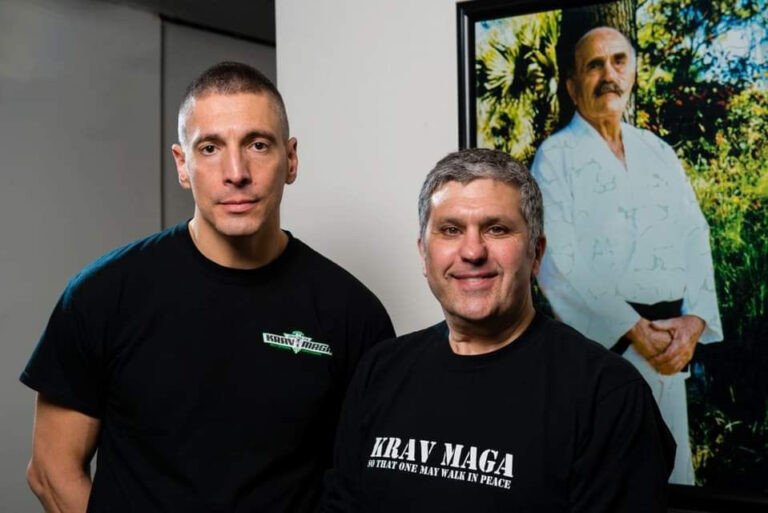If you clicked on the link above, you heard Sir Michael Caine discuss a strategy in acting which also happens to be applicable in self-defense, “use the difficulty”.
Since most martial arts are taught through rote learning, it is very common for students to view any self defense technique to be linear and programmatic (e.g., motion A leads to motion B and continues to position C and ends with takedown D). The greatest danger behind drill work is believing that everything that happens in an actual violent encounter will follow the same sequence and end with the same results. Even though we train for 100% effectiveness, sometimes we have either bad technique or bad luck and end up someplace we did not expect. Most students, at this point, stop, look at me, and say “ what do I do now? “, or even worse, “I’m dead!”.
It is at this point, that successful self-defense becomes a function of the student’s ability to navigate these troubled waters of unexpected difficulties. At the moment we realize that we are now off track from the technique we hoped would neutralize the attacker, we must immediately take inventory of what is now available. The important point here is that there is always something that you can use to an advantage.
All attackers should be viewed as a series of targets that can be accessed at any point once we focus our attention on them. Consider, for example, you fail to execute an armbar in an attempt to bring your attacker to the ground. If you are paying attention to what is still available, you may still have options for wrist locks, shoulder locks, leg sweeps or even just strikes to tender targets on their head and neck.
The mindset during a violent encounter should be one where your brain is scanning and considering all available options. In many regards, it’s not very different than driving on the highway. You know the direction you’re looking to go and in the process of trying to reach your destination somebody might unexpectedly cut you off or there could be a detour due to construction. If you are alert and understand your options, you can navigate around the errant driver or inconvenient roadblock. You are able to make this decision because your mind is present and you are able to evaluate and decide what to do in real time. There are always options if your mind is open to them.
When training Krav Maga, it is the instructor’s job to ensure that students are aware of what offensive options and opportunities exist when things are working well as well as when they start to go sideways. It is not helpful to know a sequence of moves that only work under rather strict physical considerations. That style of training ceases to be effective self defense and starts to be dance choreography.
Know the difference. Learn to navigate the unexpected and use the difficulty!




